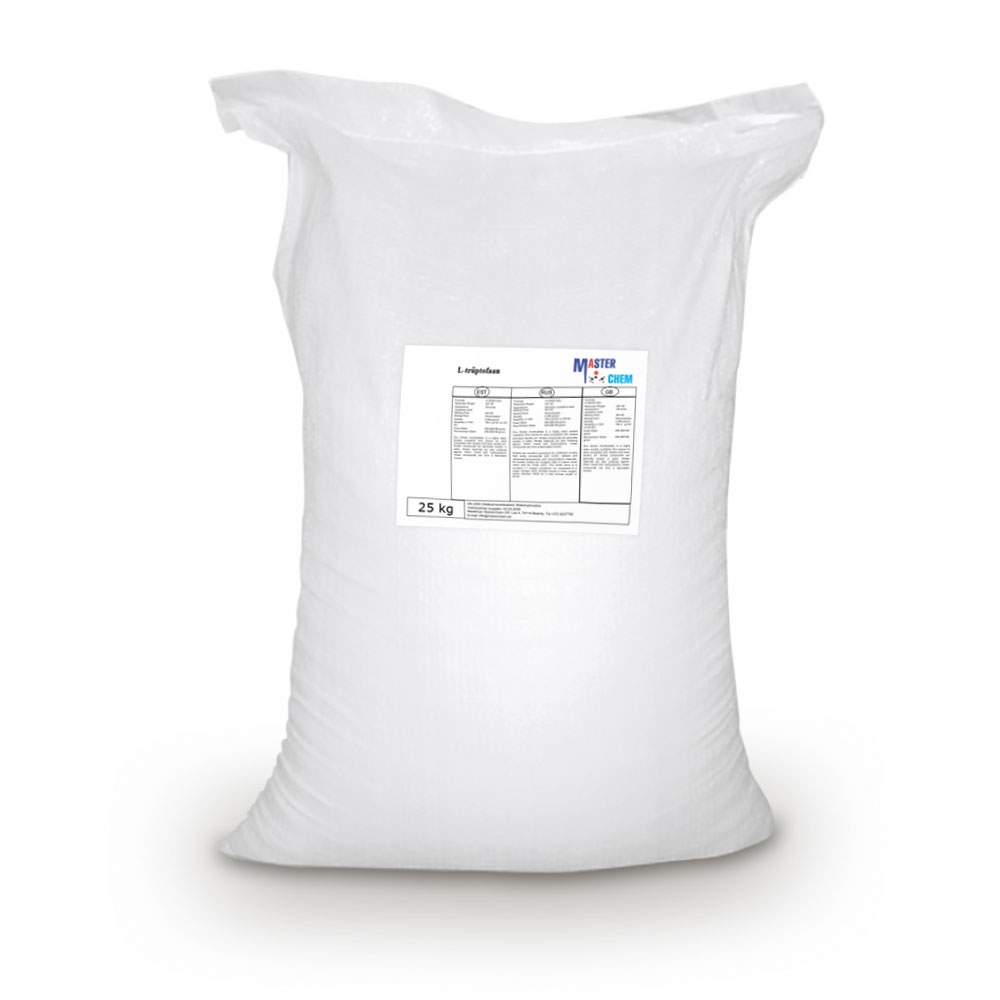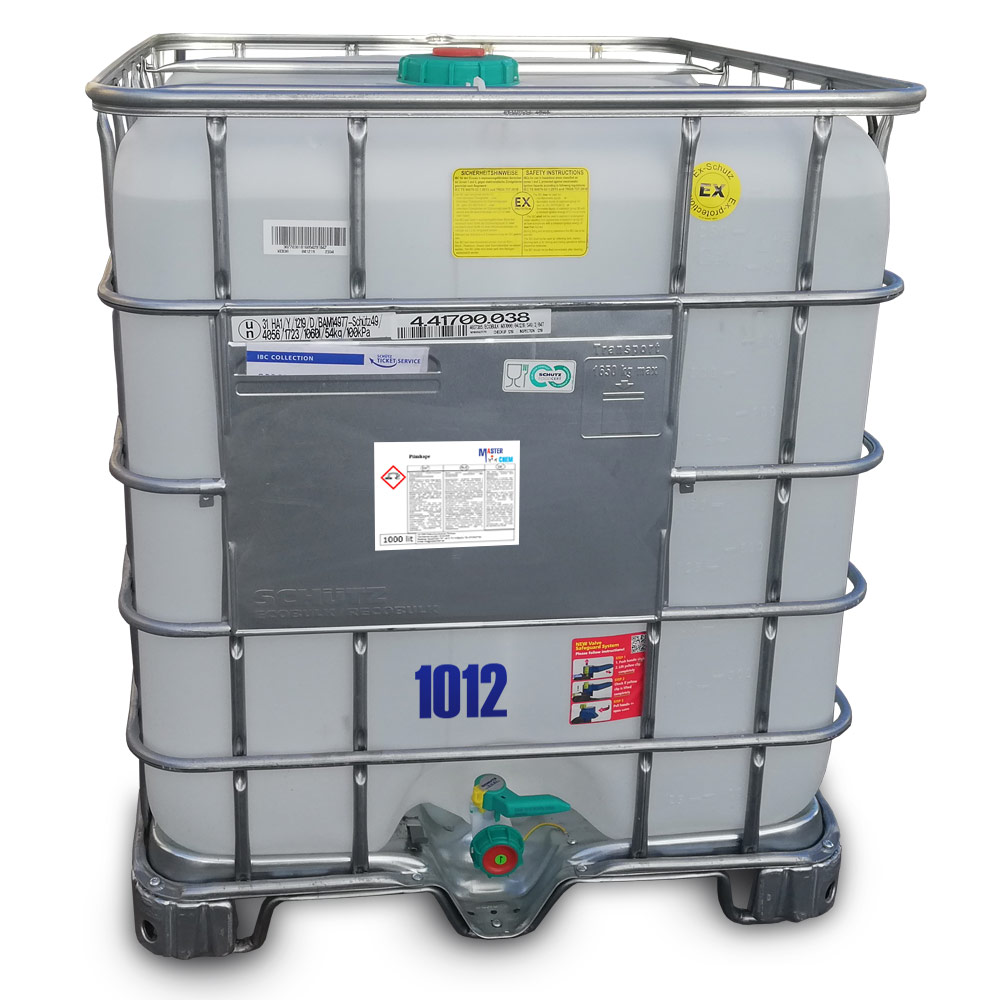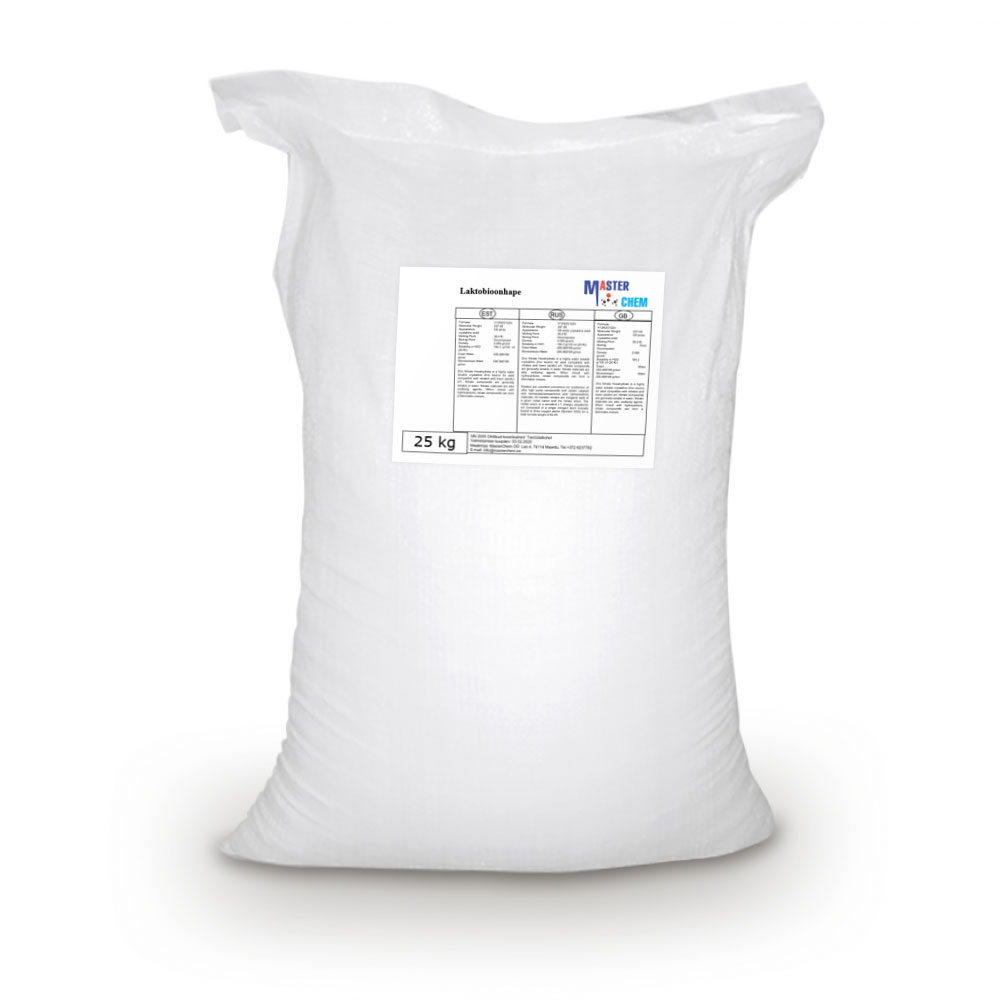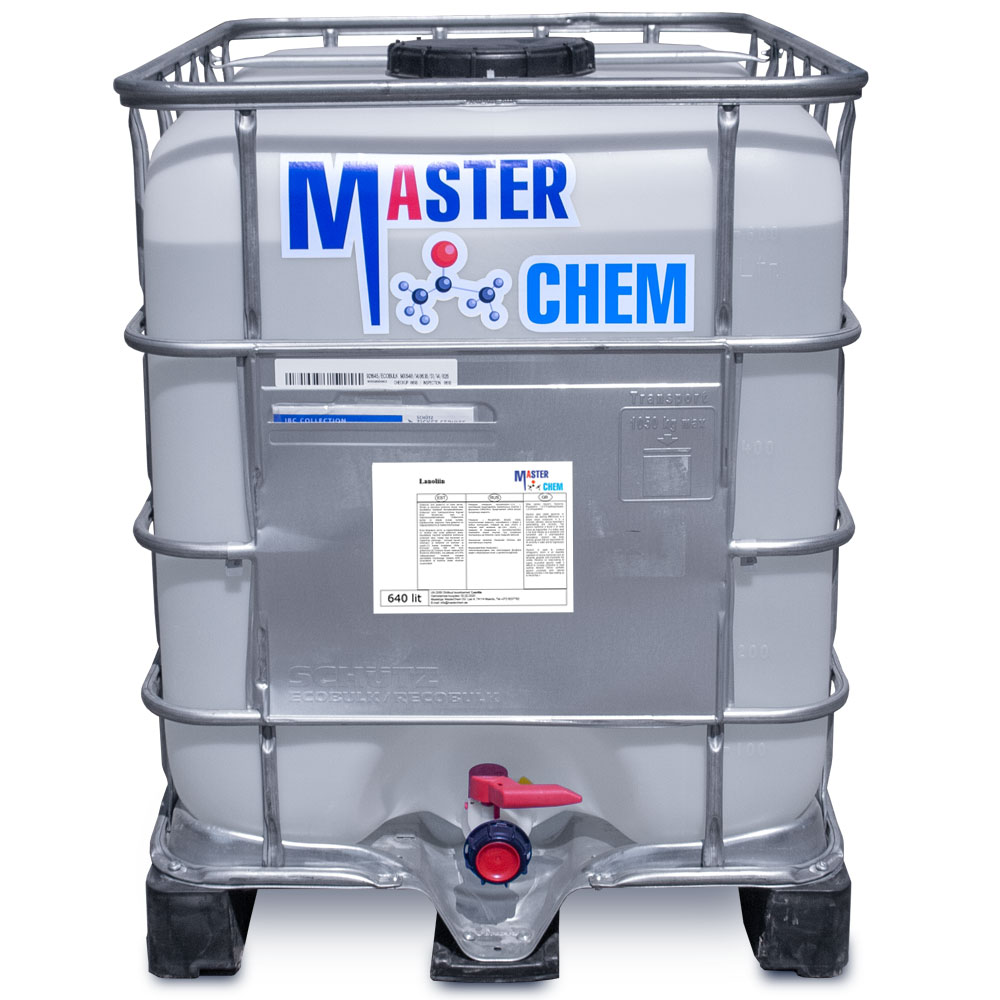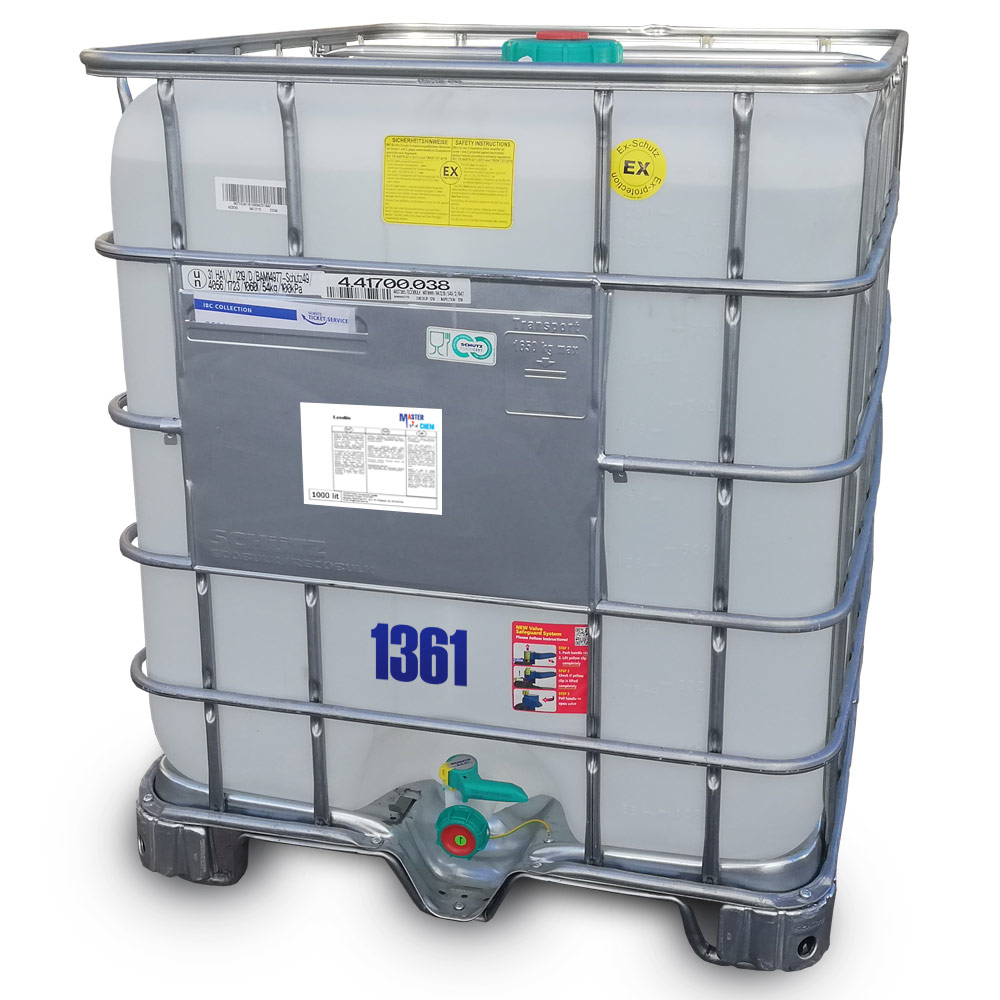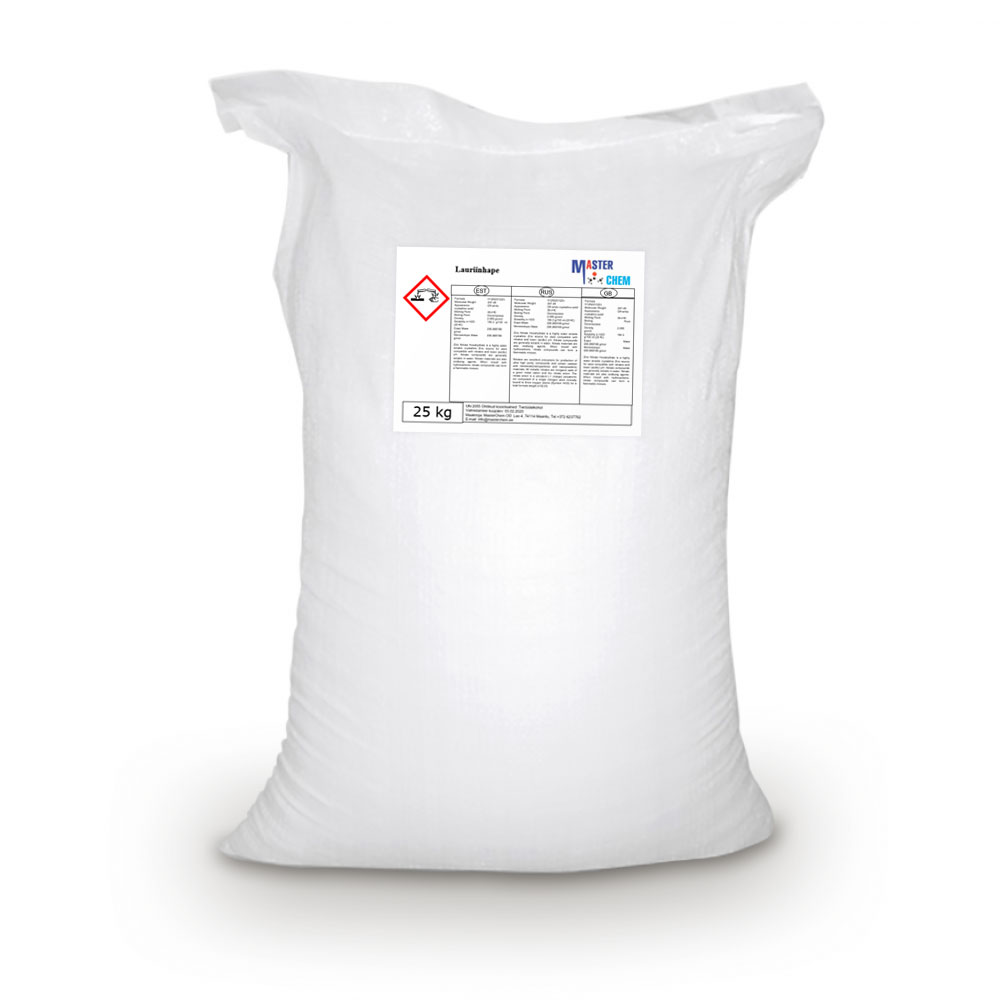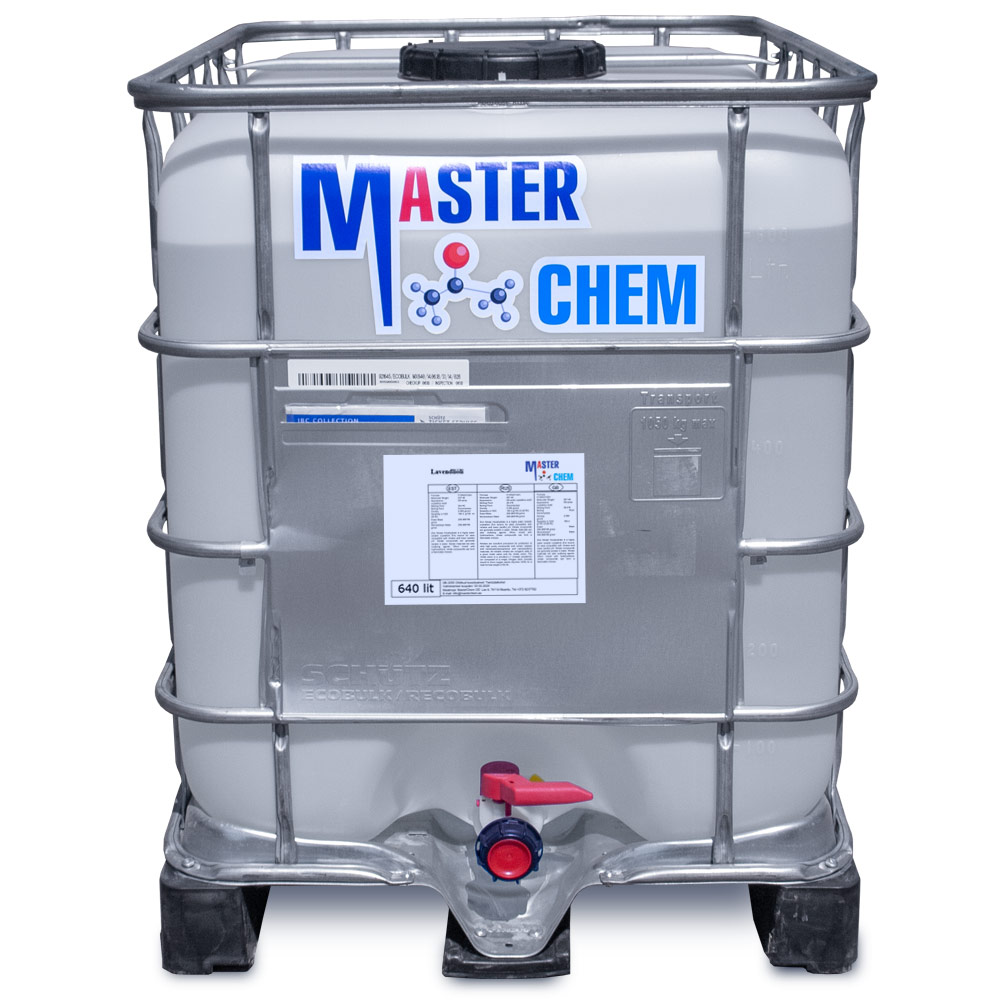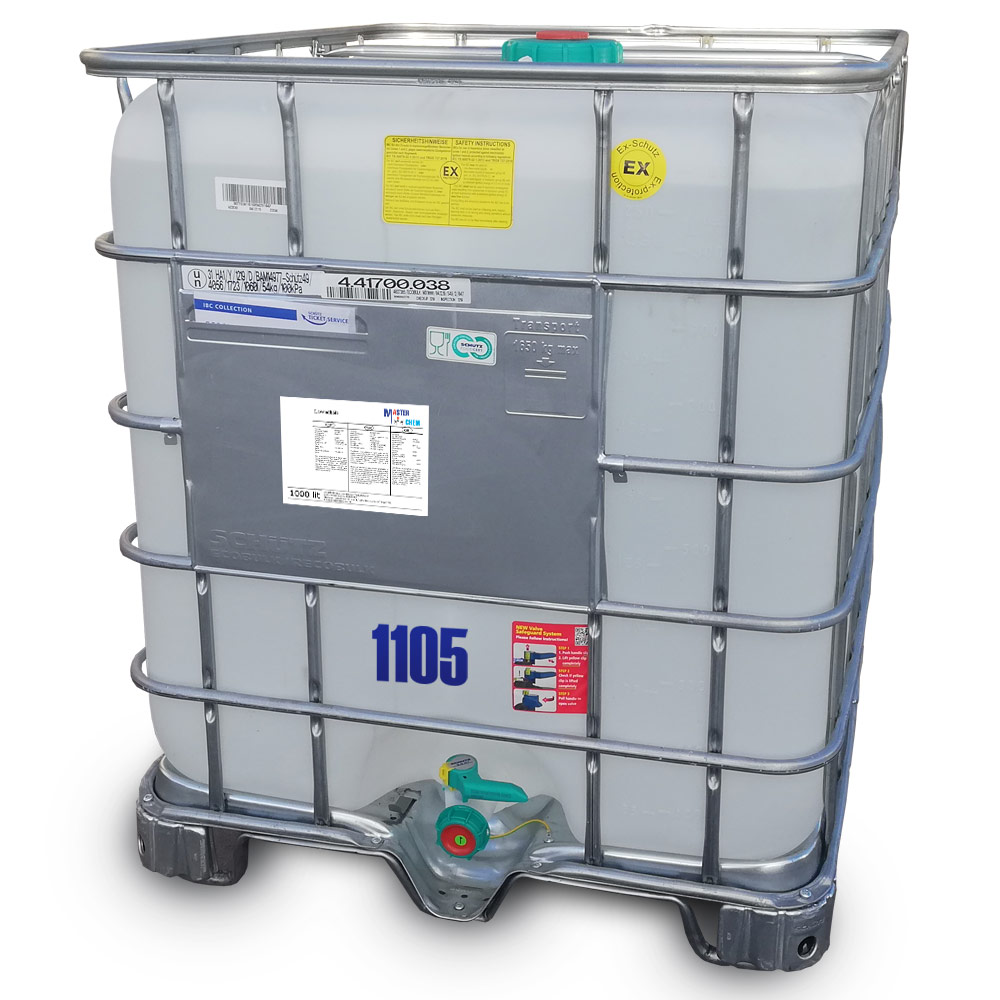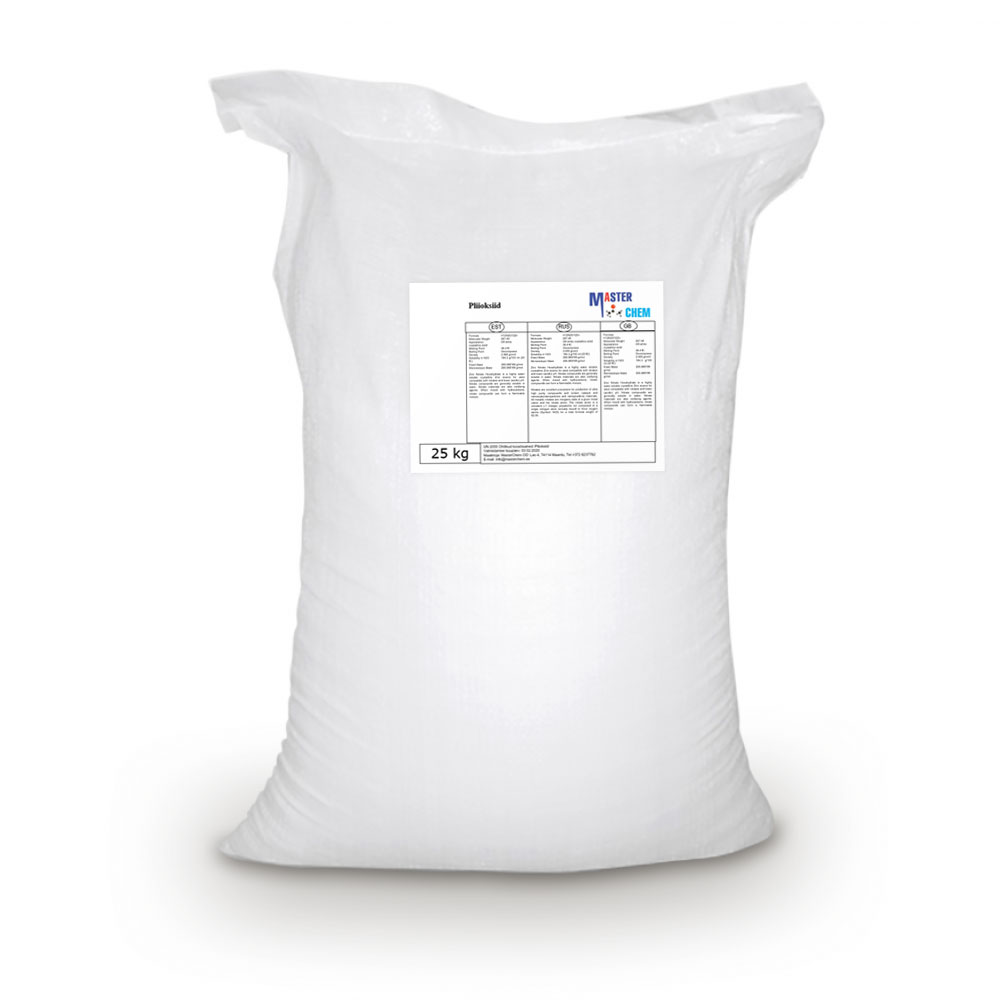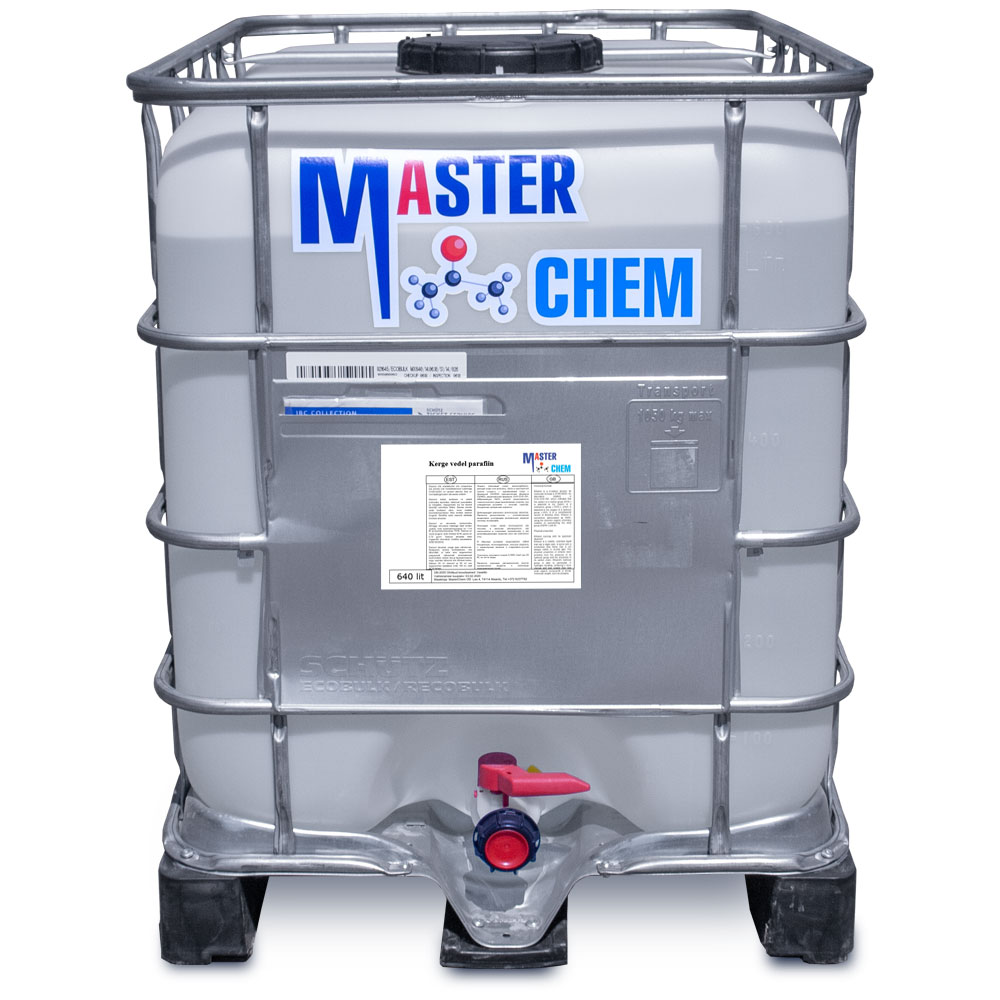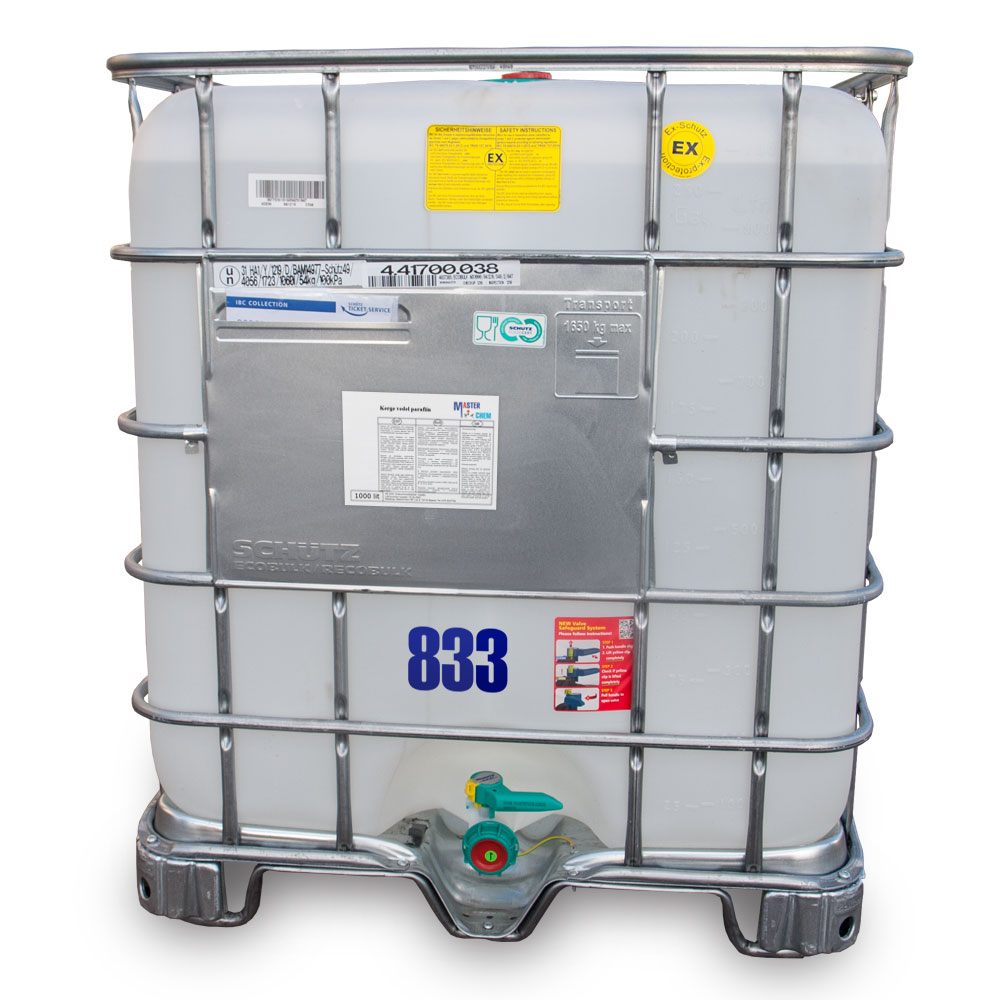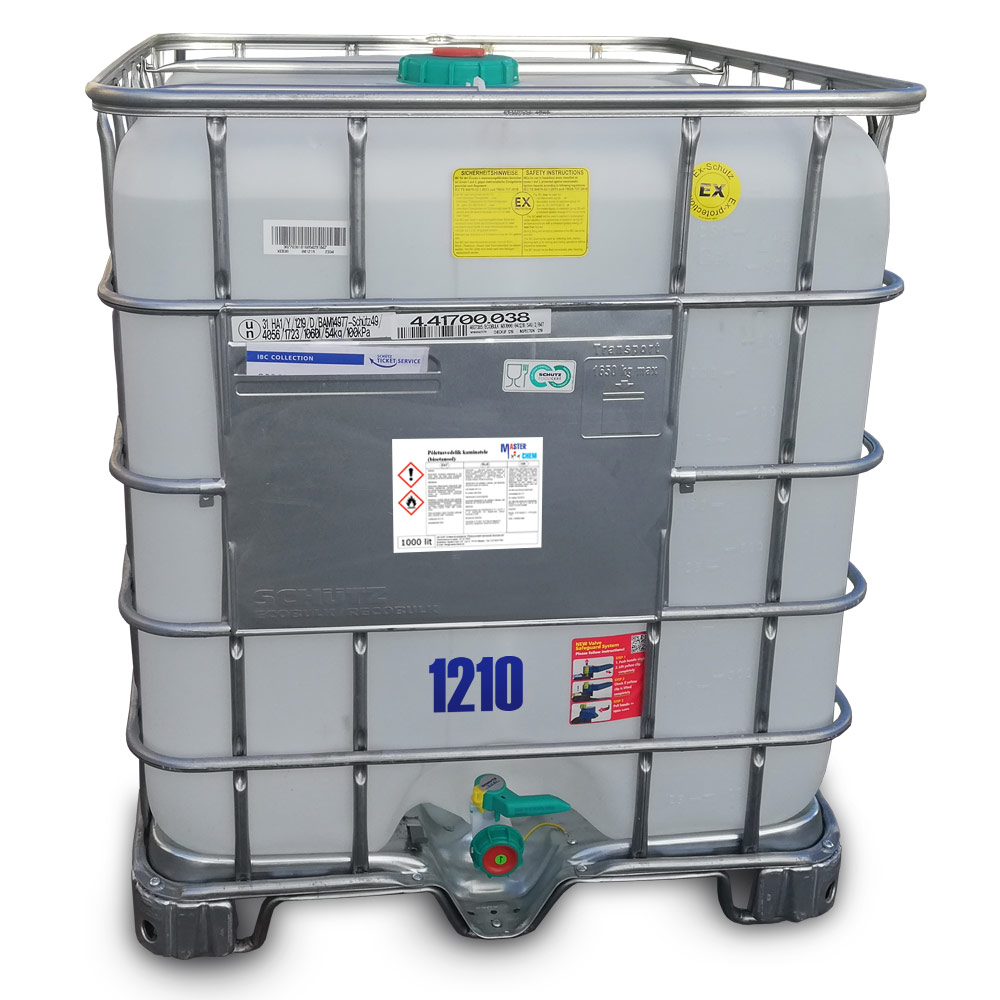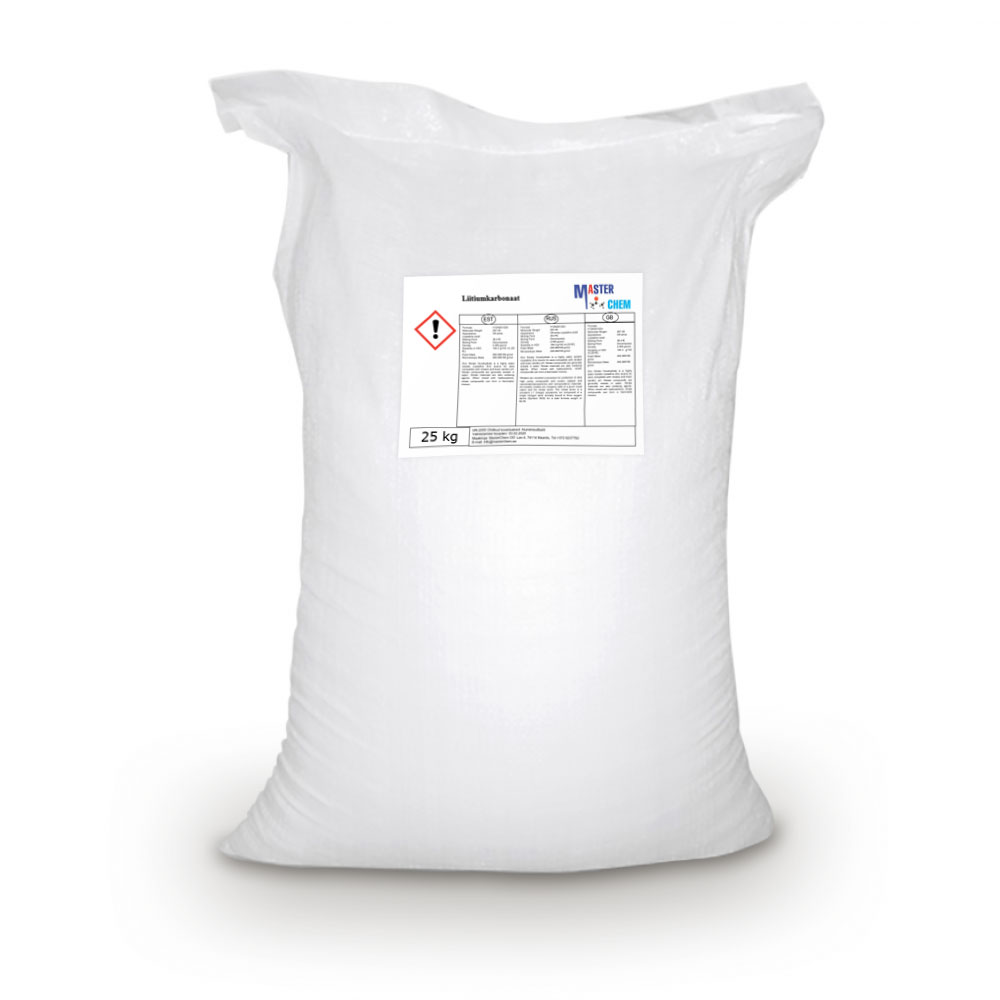Currently Empty: €0.00
L-tryptophan (CAS 73-22-3)
L-tryptophan (CAS 73-22-3)
L-Tryptophan is an essential amino acid that is necessary for making proteins. It is naturally found in red meat, poultry, eggs, and dairy.
L-tryptophan is important for many organs in the body. L-tryptophan is not made by the body and must be consumed from the diet. After absorbing L-tryptophan from food, the body converts some of it to 5-HTP and then to serotonin. Serotonin is a hormone that transmits signals between nerve cells. Changes in serotonin levels in the brain can affect mood.
People use L-tryptophan for severe PMS symptoms, depression, insomnia, and many other conditions, but there is no good scientific evidence to support any of these uses.
Lactic acid 50% (CAS 598-82-3)
Lactic acid 50% (CAS 598-82-3)
Lactic acid is an organic acid. It has a molecular formula CH3CH(OH)COOH. It is white in the solid state and it is miscible with water. When in the dissolved state, it forms a colorless solution. Production includes both artificial synthesis as well as natural sources. Lactic acid is an alpha-hydroxy acid (AHA) due to the presence of a hydroxyl group adjacent to the carboxyl group. It is used as a synthetic intermediate in many organic synthesis industries and in various biochemical industries. The conjugate base of lactic acid is called lactate.
In solution, it can ionize by loss of a proton to produce the lactate ion CH3CH(OH)CO−2. Compared to acetic acid, its pKa is 1 unit less, meaning lactic acid is ten times more acidic than acetic acid. This higher acidity is the consequence of the intramolecular hydrogen bonding between the α-hydroxyl and the carboxylate group.
Lactobionic Acid (CAS 96-82-2)
Lactobionic Acid (CAS 96-82-2)
Lactobionic acid (4-O-β-galactopyranosyl-D-gluconic acid) is a sugar acid. It is a disaccharide formed from gluconic acid and galactose. It can be formed by oxidation of lactose. The carboxylate anion of lactobionic acid is known as lactobionate.
As an acid, lactobionic acid can form salts with mineral cations such as calcium, potassium, sodium and zinc. Calcium lactobionate is a food additive used as a stabilizer. Potassium lactobionate is added to organ preservation solutions such as Viaspan or CoStorSol to provide osmotic support and prevent cell swelling. Mineral salts of lactobionic acid are also used for mineral supplementation.
Lactobionic acid is also used in the cosmetics industry as an antioxidant and in the pharmaceutical industry as an excipient for formulation. For example, the antibiotic erythromycin is used as the salt erythromycin lactobionate when intravenously delivered.
Lactose (CAS 63-42-3)
Lactose (CAS 63-42-3)
Lactose, a disaccharide, is a sugar composed of galactose and glucose subunits and has the molecular formula C12H22O11. Lactose makes up around 2–8% of milk (by weight). The name comes from lac (gen. lactis), the Latin word for milk, plus the suffix -ose used to name sugars. The compound is a white, water-soluble, non-hygroscopic solid with a mildly sweet taste. It is used in the food industry.
Its mild flavor and easy handling properties have led to its use as a carrier and stabiliser of aromas and pharmaceutical products. Lactose is not added directly to many foods, because its solubility is less than that of other sugars commonly used in food. Infant formula is a notable exception, where the addition of lactose is necessary to match the composition of human milk.
Lactose is not fermented by most yeast during brewing, which may be used to advantage. For example, lactose may be used to sweeten stout beer; the resulting beer is usually called a milk stout or a cream stout.
Yeast belonging to the genus Kluyveromyces have a unique industrial application as they are capable of fermenting lactose for ethanol production. Surplus lactose from the whey by-product of dairy operations is a potential source of alternative energy.
Lanolin (CAS 8006-54-0)
Lanolin (CAS 8006-54-0)
Lanolin oil is a secretion from sheep’s skin. It’s similar to human sebum, an oil secreted by the sebaceous glands that you may notice particularly on your nose. Unlike sebum, lanolin contains no triglycerides. Lanolin is sometimes referred to as “wool fat,” but the term is misleading because it lacks triglycerides needed to be considered a fat. The purpose of lanolin is to condition and protect sheep’s wool. This conditioning property is why the substance is now widely used in human cosmetics, skin care, and hair products. Lanolin oil is extracted by putting sheep’s wool through a centrifuge machine that separates the oil from other chemicals and debris. The process is performed after the sheep is sheared so the extraction of lanolin causes no harm to sheep.
Lauric Acid (CAS 143-07-7)
Lauric Acid (CAS 143-07-7)
Lauric acid or systematically, dodecanoic acid, is a saturated fatty acid with a 12-carbon atom chain, thus having many properties of medium-chain fatty acids, is a bright white, powdery solid with a faint odor of bay oil or soap. The salts and esters of lauric acid are known as laurates.
Lauric acid was the most requested component for the production of superior quality napalm. With this coming in ~50% in the esterified form in coconut oil fatty acids.[10]
Lavender oil
Lavender oil
Lavender oil is an essential oil obtained by distillation from the flower spikes of certain species of lavender. There are over 400 types of lavender species worldwide with different scents and qualities. Two forms are distinguished, lavender flower oil, a colorless oil, insoluble in water, having a density of 0.885 g/mL; and lavender spike oil, a distillate from the herb Lavandula latifolia, having density 0.905 g/mL. Like all essential oils, it is not a pure compound; it is a complex mixture of phytochemicals, including linalool and linalyl acetate.
Lavender oil has long been used as a perfume, for aromatherapy, and for skin applications.: 184–186 Lavender oil is used in massage therapy as a way of inducing relaxation through direct skin contact. Oil of spike lavender was used as a solvent in oil painting, mainly before the use of distilled turpentine became common.
Lead oxide (CAS 1317-36-8)
Lead oxide (CAS 1317-36-8)
Lead(II) oxide, also called lead monoxide, is the inorganic compound with the molecular formula PbO. PbO occurs in two polymorphs: litharge having a tetragonal crystal structure, and massicot having an orthorhombic crystal structure. Modern applications for PbO are mostly in lead-based industrial glass and industrial ceramics, including computer components. It is an amphoteric oxide.
The kind of lead in lead glass is normally PbO, and PbO is used extensively in making glass. Depending on the glass, the benefit of using PbO in glass can be one or more of increasing the refractive index of the glass, decreasing the viscosity of the glass, increasing the electrical resistivity of the glass, and increasing the ability of the glass to absorb X-rays. Adding PbO to industrial ceramics (as well as glass) makes the materials more magnetically and electrically inert (by raising their Curie temperature) and it is often used for this purpose. Historically PbO was also used extensively in ceramic glazes for household ceramics, and it is still used, but not extensively any more. Other less dominant applications include the vulcanization of rubber and the production of certain pigments and paints. PbO is used in cathode ray tube glass to block X-ray emission, but mainly in the neck and funnel because it can cause discoloration when used in the faceplate. Strontium oxide and Barium oxide are preferred for the faceplate.
The consumption of lead, and hence the processing of PbO, correlates with the number of automobiles, because it remains the key component of automotive lead–acid batteries.
Lemon oil
Lemon oil
The chemical composition of C. limon fruit is well known. It has not only been determined for the whole fruit but also separately for the pericarp, juice, pomace, and essential oil. The compositions of the leaves and the fatty oil extracted from C. limon seeds are also known. Due to the large number of C. limon varieties, cultivars and hybrids, various research centres undertake the task of analyzing the chemical composition of the raw materials obtained from them.
.
Light liquid paraffin (CAS 8042-47-5)
Light liquid paraffin (CAS 8042-47-5)
Light Liquid Paraffin Oil Ip is used in the manufacture of Antistatic Coning oil, Knitting oil & other Textile Auxiliaries, Plant Spray Oil, Agrochemicals, Aerosols, Dye Intermediates, Paper Industry; Perfumery, Food Grade Speciality Lubricants, Food Grade Plastics used as a Lubricant Plasticizer, Attars, Flavours & Fragrances, Perfumery Chemicals, Speciality Chemicals, Incenses, Personal Care Products, Leather Chemicals, Fat Liquors, Petrochemical Solvents, etc. It may also be used in the manufacture of Pharmaceuticals and Cosmetic Products like Creams, Lotions, Perfumery Industry, Bulk Drugs & Food Industry etc.
Liquid for fireplaces (bioethanol)
– Safest liquid fuel for indoor bio-ethanol ventless fireplace use. Especially formulated for indoor use, but great for outdoors too
No Emission of Hazardous Fumes or Toxins-Pure Bio-ethanol fuel
Clean Burning, No Soot or Ash
Burn time up to 5 hours, depending upon model of fireplace and burner design.
Lithium carbonate (CAS 554-13-2)
Lithium carbonate (CAS 554-13-2)
Lithium carbonate is an inorganic compound, the lithium salt of carbonate with the formula Li2CO3. This white salt is widely used in the processing of metal oxides. It is listed on the World Health Organization’s List of Essential Medicines because it can be used as a treatment for mood disorders such as bipolar disorder.
Lithium carbonate is an important industrial chemical. Its main use is as a precursor for compounds used in lithium-ion batteries. Glasses derived from lithium carbonate are useful in ovenware. Lithium carbonate is a common ingredient in both low-fire and high-fire ceramic glaze. It forms low-melting fluxes with silica and other materials. Its alkaline properties are conducive to changing the state of metal oxide colorants in glaze, particularly red iron oxide (Fe2O3). Cement sets more rapidly when prepared with lithium carbonate, and is useful for tile adhesives. When added to aluminium trifluoride, it forms LiF which gives a superior electrolyte for the processing of aluminium.

